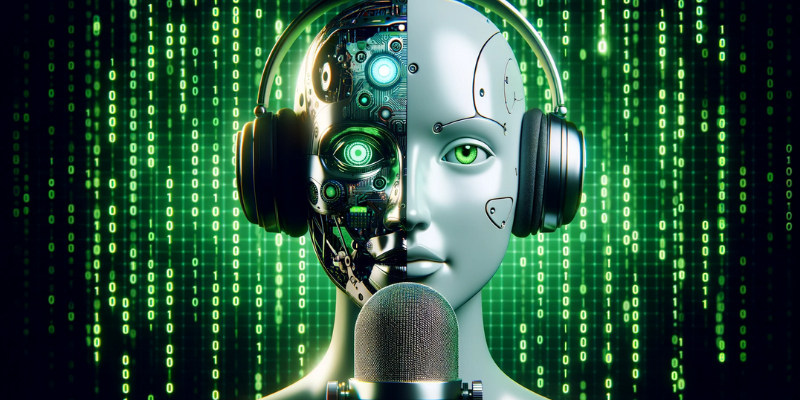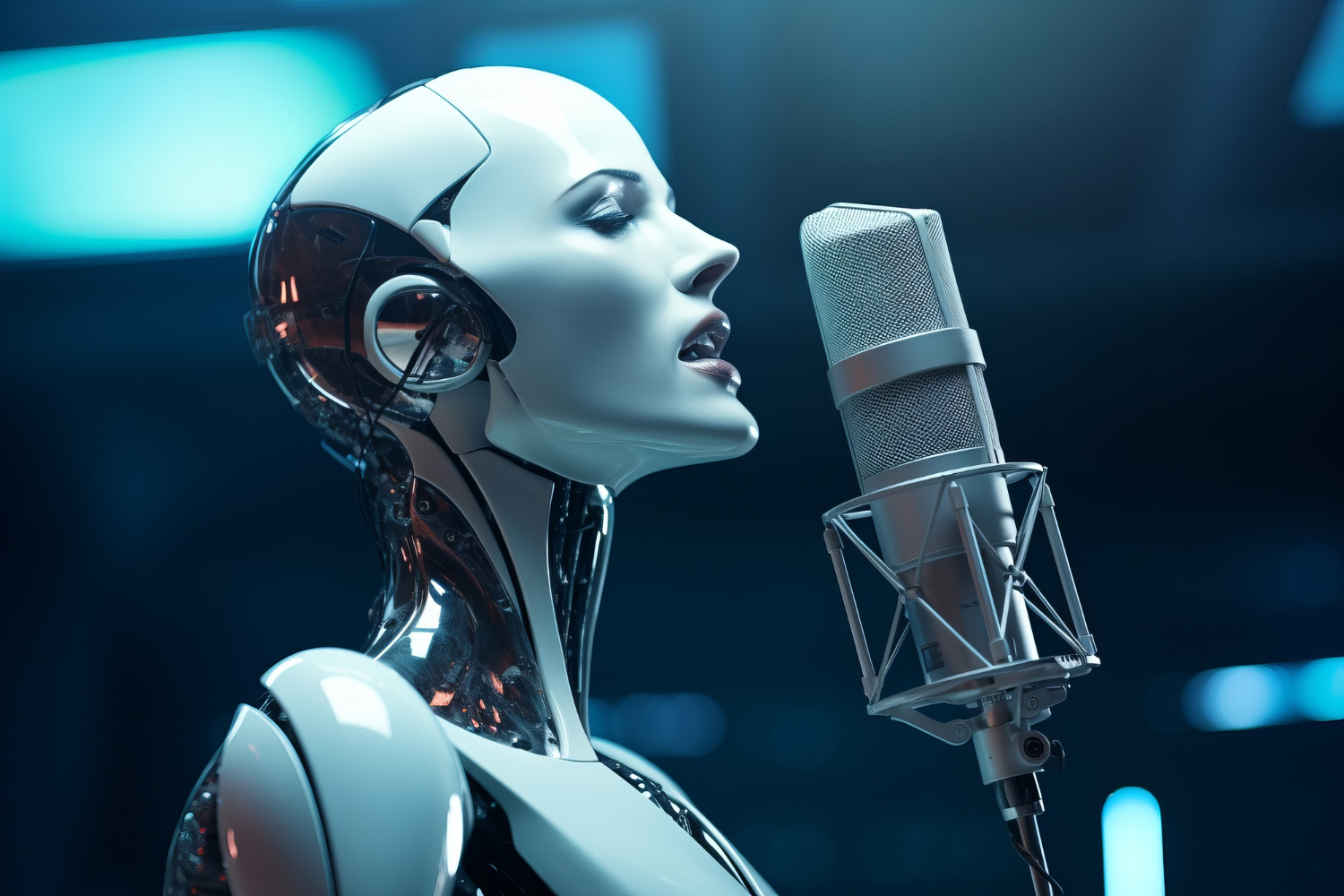
Have you ever heard someone – maybe a pop star like Daft Punk or Future, or even a quirky AI voice in a video – and instantly thought "robot"? That distinctive, synthetic, slightly alien sound is iconic. But what is the instrument makes you sound like a robot? Contrary to popular belief, it's not typically a single physical instrument you pick up and play like a guitar. Instead, that metallic, artificial timbre is crafted primarily through electronic instruments and digital processing, manipulating your natural human voice into something decidedly mechanical. Buckle up as we delve into the fascinating sound design, physics, and technology behind robotic voices – the secret sauce transforming human speech into sci-fi soundscapes and chart-topping hooks.
Beyond Brass and Strings: The Electronic Origins of Robotic Voices
The quest to create artificial or altered voices predates modern computers. Early telephone systems and mechanical speech synthesizers like the Voder (1939) laid the groundwork, proving that human speech could be decomposed, synthesized, and manipulated electronically. However, achieving that classic, recognizable robot sound – one that retains rhythmic speech patterns but imparts an unnatural, buzzy, metallic, or synthesized quality – really took off with two pivotal electronic inventions emerging in the latter half of the 20th century:
The Vocoder: From Secret Weapon to Sonic Signature
The vocoder (VOice enCODER) is arguably the primary "instrument" that makes you sound like a robot. It works by analyzing the modulating characteristics of one sound source (usually your voice) and imposing those characteristics onto another sound source (usually a rich synthesizer waveform or noise source).
When you speak into a vocoder, it dissects your voice into distinct frequency bands. Each band carries information about the consonants and vowels (formants). The vocoder then uses this analysis data to shape, or "filter," the synthesizer sound. The result? The synthesizer speaks with the rhythm and intonation of your voice, but it sounds filtered, metallic, synthetic, and distinctly robotic. It replaces the natural timbre of your voice with the artificial timbre of the synth. Pioneered in telecommunications for secure speech (masking identity), artists like Kraftwerk, Afrika Bambaataa ("Planet Rock"), and countless others adopted it to create futuristic robotic personas and hooks.
Why so robotic? Early hardware vocoders had a limited number of bands. This coarse frequency analysis, combined with the unnatural sound source being modulated, strips away the organic nuances and warmth of the human voice, leaving a cold, synthesized facsimile.
The Talk Box: Mechanical Resonance with Human Soul
This is a physical device that significantly contributes to the robotic texture, though it works differently. A speaker driver inside the box plays a sound (again, usually a rich synth or guitar note). This sound is then piped through a plastic tube directly into the performer's mouth. The performer shapes the sound by silently articulating words – moving their tongue, lips, and jaw. A microphone picks up the sound as it exits the mouth.
The resulting sound is incredibly unique. You hear the robotic tone of the synthesizer or guitar being given the shape of human speech. The effect is often described as "talking instrument" rather than pure robot voice, but it creates similarly unnatural, synthetic textures. Peter Frampton's "Do You Feel Like We Do" and Bon Jovi's "Livin' on a Prayer" feature classic talk box solos.
Modern Digital Processing: The New Frontier of Robotic Voices
Today's robotic voices often combine multiple processing techniques. Digital audio workstations (DAWs) offer plugins that can:
Apply extreme pitch correction (Auto-Tune at extreme settings)
Add ring modulation (creates metallic, sci-fi tones)
Use granular synthesis (breaks voice into micro-samples)
Apply formant shifting (changes vocal character without changing pitch)
For more on how AI is revolutionizing music creation, check out our article on Musical Instrument Robots: The AI-Powered Machines Redefining Music's Creative Frontier.
FAQs About Instruments That Make You Sound Like A Robot
Q: Can I make my voice sound robotic without expensive equipment?
A: Absolutely! Many free or affordable apps (like Voicemod, MorphVOX, or Clownfish) can apply vocoder-like effects. Even basic pitch correction apps with extreme settings can create robotic effects.
Q: What's the difference between a vocoder and Auto-Tune?
A: While both can create robotic effects, a vocoder replaces your voice's timbre with a synthesizer's, while Auto-Tune corrects pitch (and at extreme settings, creates the "T-Pain effect"). Some modern plugins combine both.
Q: Are robotic voices only used in electronic music?
A: Not at all! While prevalent in electronic genres, robotic voices appear across pop, hip-hop, rock, and even experimental genres. The effect continues to evolve with technology.
For more insights into how AI is transforming music technology, don't miss our feature on From Circuits to Cadenzas: How AI-Powered Robots Are Shattering Music's Glass Ceiling.
The Future of Robotic Voices: AI and Beyond
As AI voice synthesis improves, we're seeing even more sophisticated robotic voice effects. Technologies like:
Neural voice cloning
Real-time voice conversion
Emotion-preserving voice modification
are pushing the boundaries of what's possible. The line between human and machine voices continues to blur, opening exciting creative possibilities for musicians and content creators alike.
Conclusion
So what is the instrument makes you sound like a robot? While there's no single answer, the primary tools are vocoders, talk boxes, and digital processing techniques that transform the human voice into something synthetic and mechanical. From vintage analog gear to cutting-edge AI, the quest to create compelling robotic voices continues to evolve, offering endless creative possibilities for musicians and audio enthusiasts.


